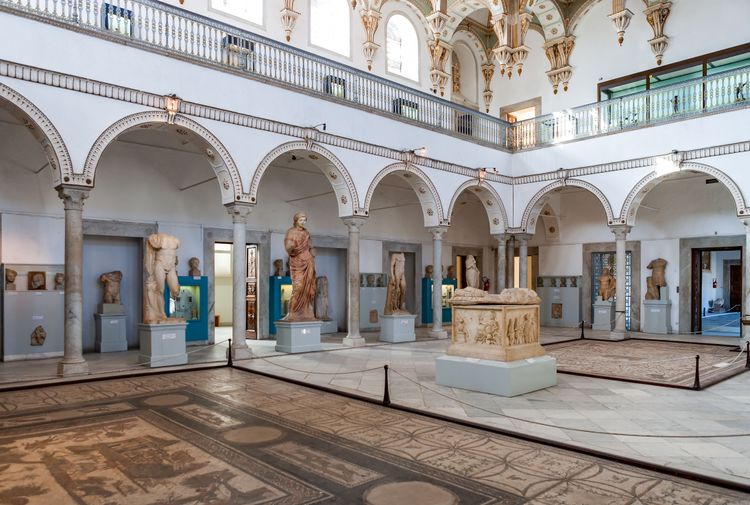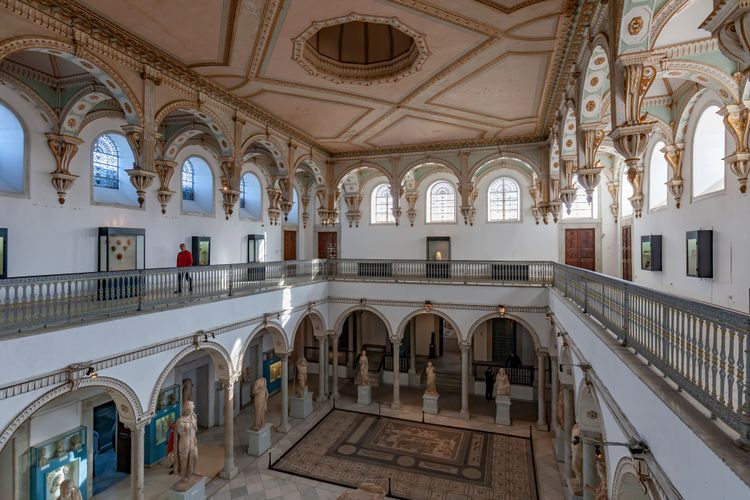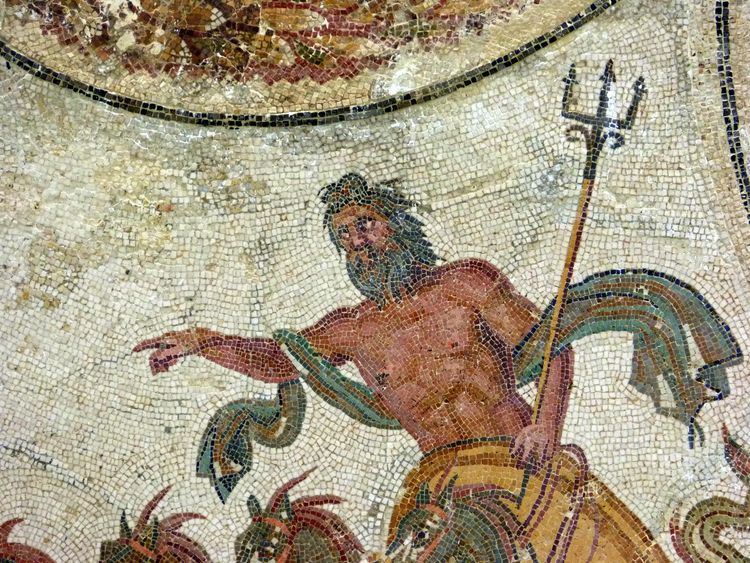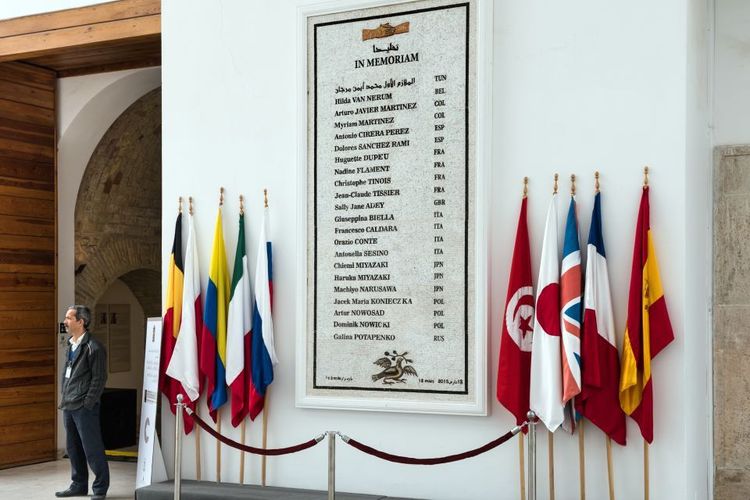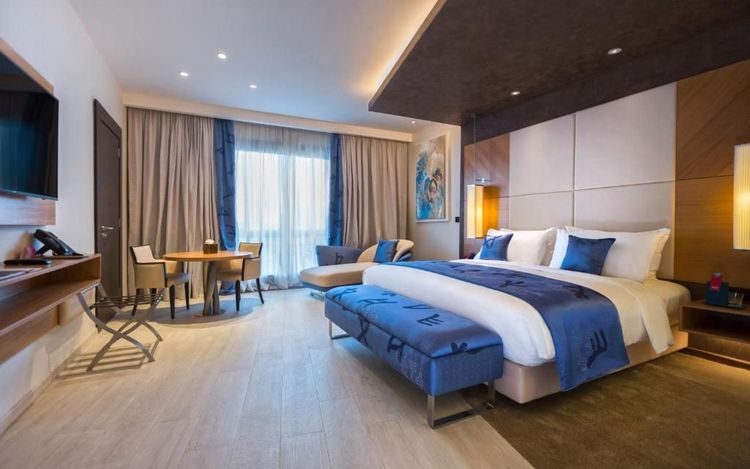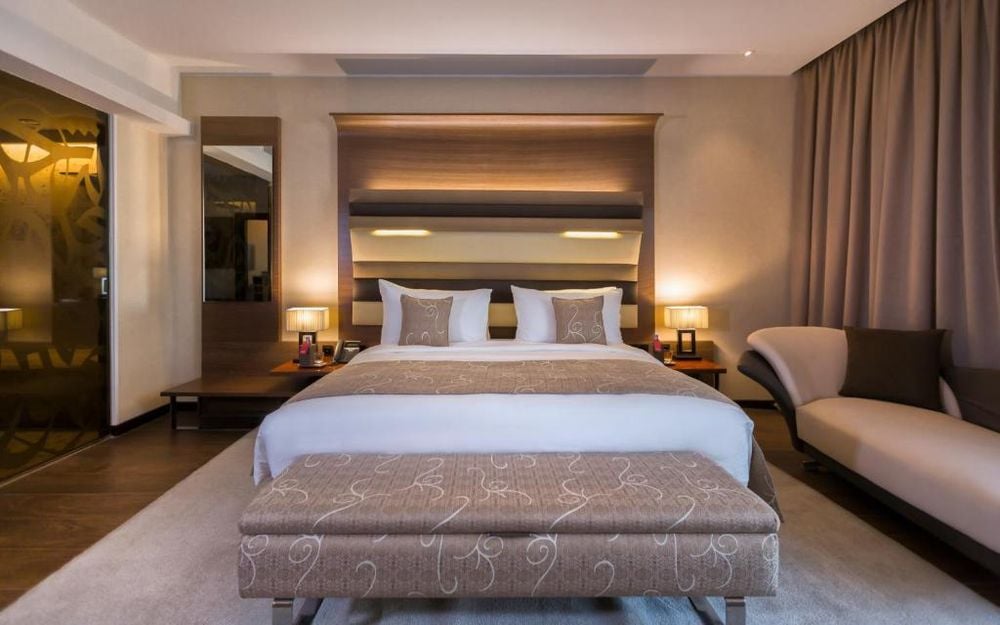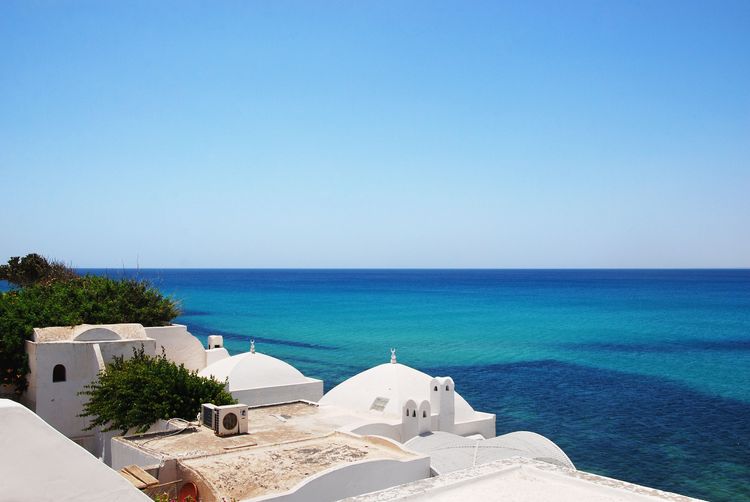The history of the Bardo (and not Bardot like Brigitte) began even before it opened. The museum is housed in the former flats of the Palace of the Beys of Tunis. A masterpiece of 19th century Husseinite architecture, the Bardo began its career under the French protectorate in 1885, taking on the role of museum of national antiquities. In 1888, it became the Musée Alaoui. It was not until 1956 that it was given the name it is known for today throughout the world. Derived from the Spanish Prado, Bardo is simply the name of the district of Tunis where many Andalusian Muslims fleeing the Reconquista settled.
This jewel resembling the Alhambra palace is also the former residence of the Turkish royal family. It took four years to renovate and extend the museum, which quite simply houses the world's largest collection of mosaics! Today, in addition to the two historic buildings, a brand new building was opened in 2012 to celebrate the museum's reopening in style. Doubling the museum's surface area, it features six new departments devoted to prehistory, the Punic period, the Numidian civilisation, the Mahdia underwater treasure, late antiquity and Islam.
Although the Bardo has evolved over the years, it still religiously preserves the vestiges of its illustrious past that have made it a historic monument. Sadly, the Bardo Museum was the victim of a terrible attack on 18 March 2015, killing 22 people, including 20 tourists, to whom a plaque pays tribute.
